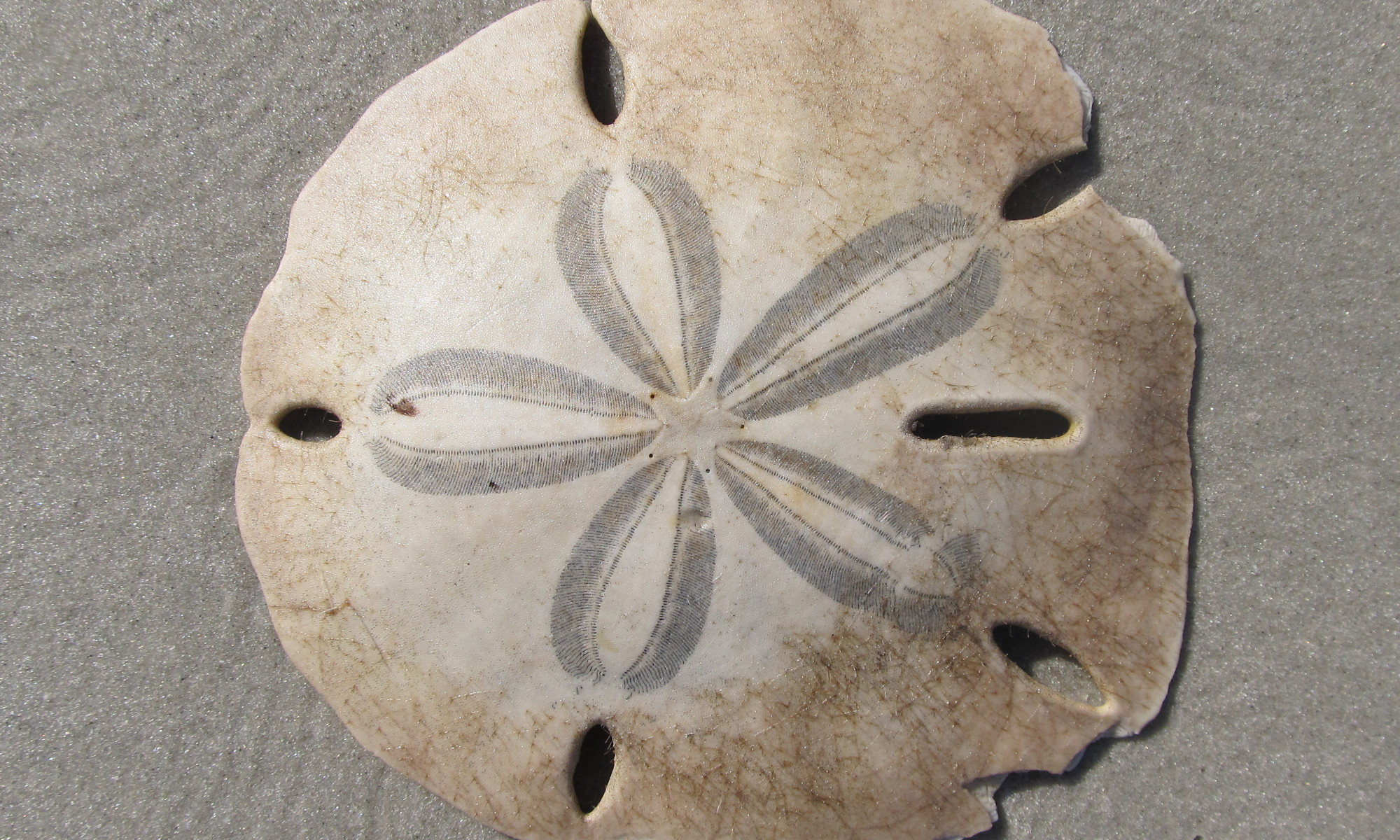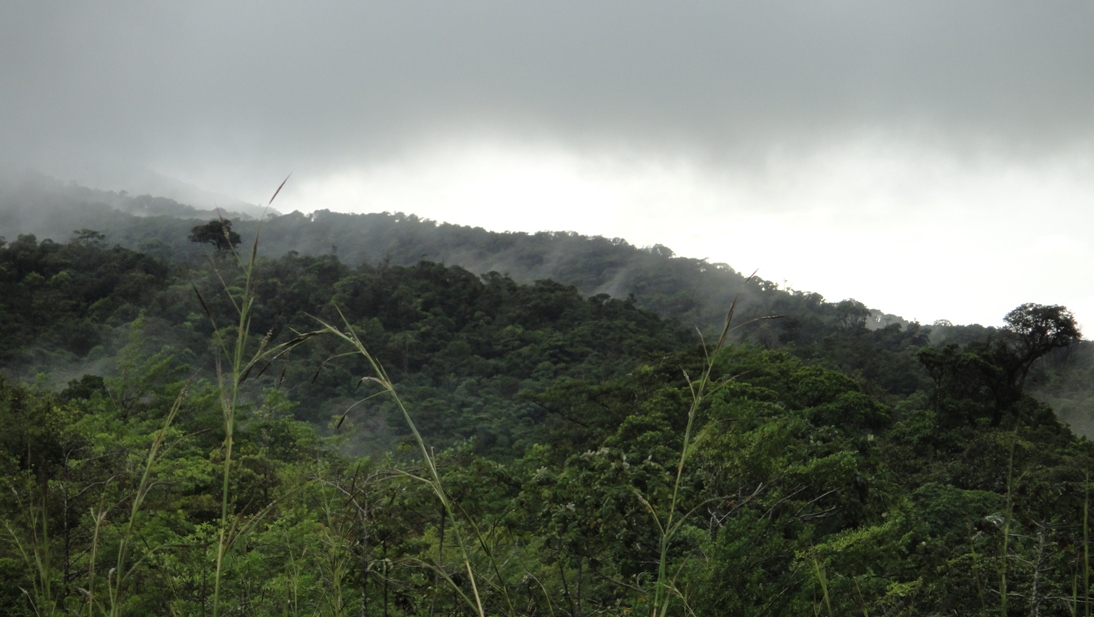We saw the world beyond the bodega yesterday for the first time in a week. It is still there. Hard to believe when a thick wall of clouds and rain holds you hostage in your little wet field station. Robin did a cute sun dance when the wall finally opened and we were all a great deal happier. Maybe the latter is also because my first experiment is finished! There is an end to everything (but two ends to a sausage)!
I am in love with altitudinal gradients (For Andrew)
Climbed a volcano on the weekend. I went from dry forest to rain forest to montane forest to shrubs to grasslands to bare moonscape alpine zones. The vegetation changed, the animals did, the weather did (oh boy, the storm near the top!). But I still found bromeliads at 1600m! And they had mosquito larvae in their tanks. Students, come and work on altitudinal gradients on volcanoes in Costa Rica! (but bring better rain gear, flimsy ponchos do not like strong winds ;-))
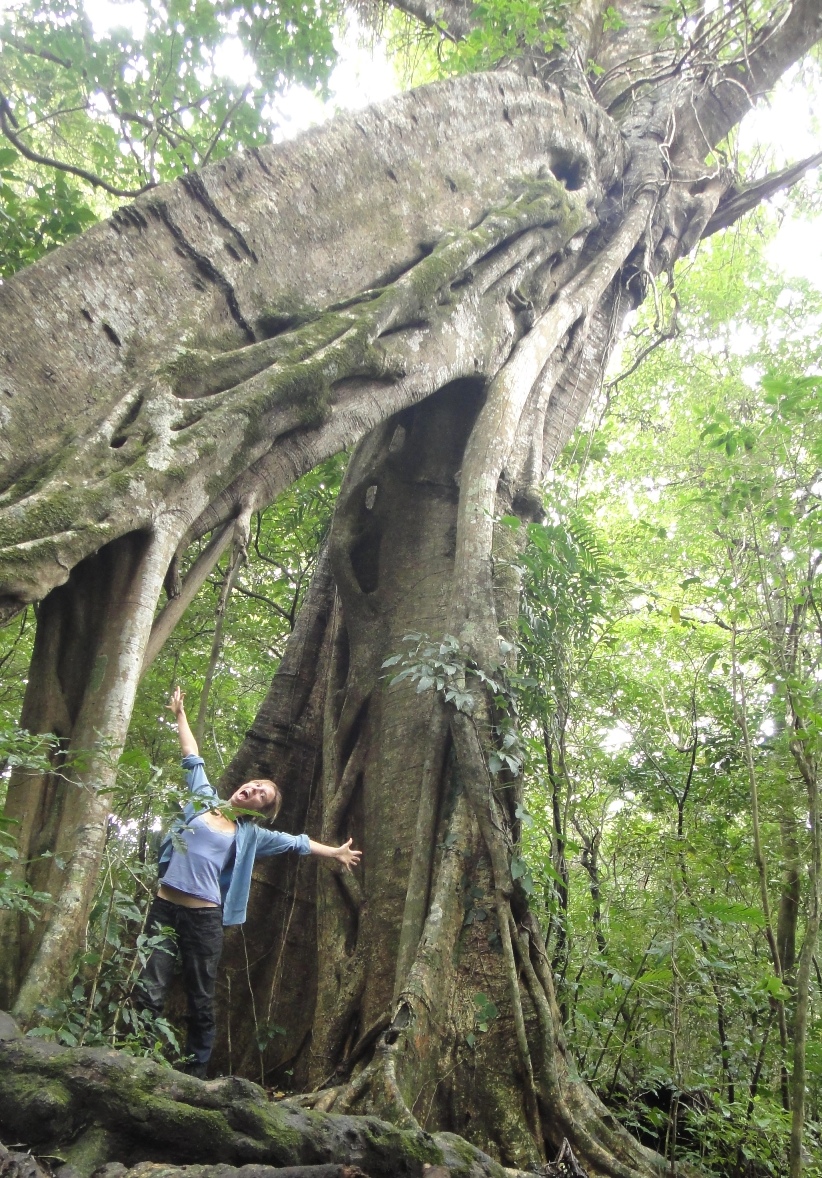
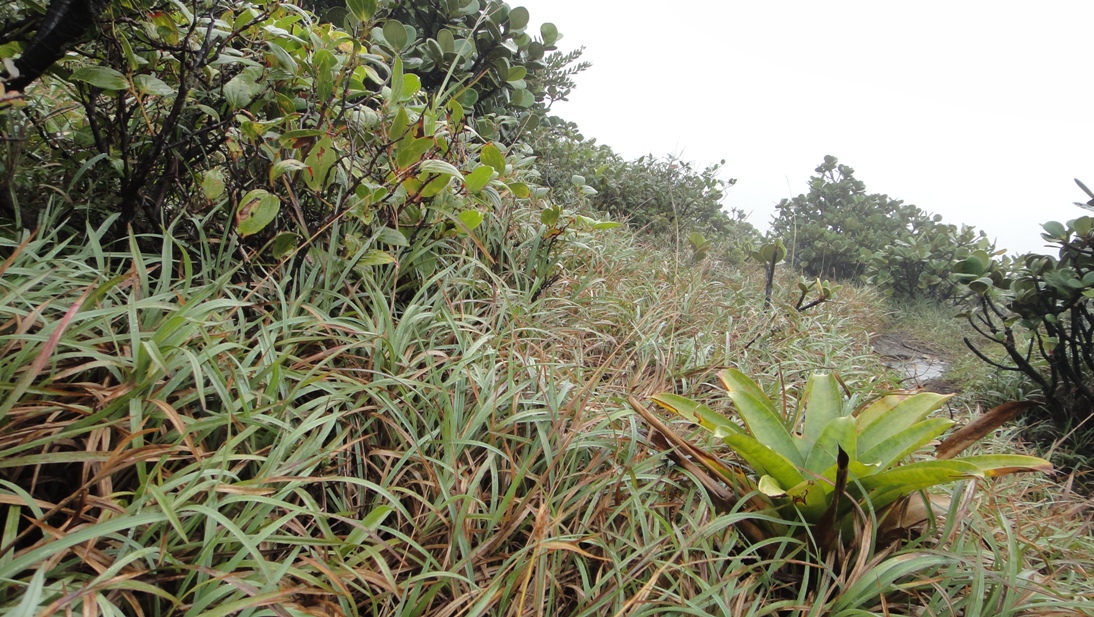
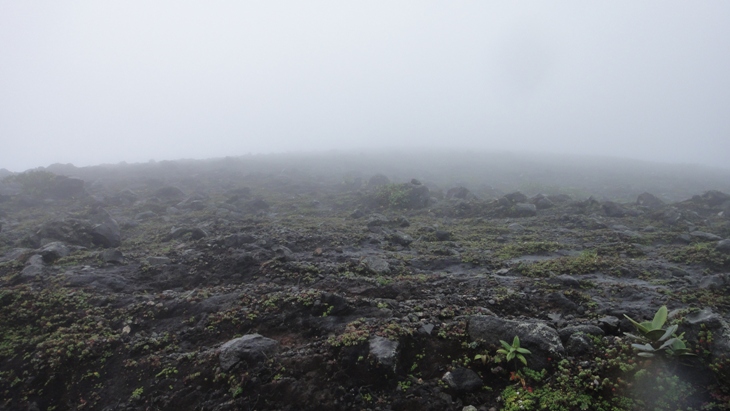
An inordinate fondness for side-experiments
Inspired partly by the work of Cam Webb, Marc Cadotte, my former advisor Peter Kotanen, not to mention our own Nathan Kraft, I’ve been interested in studying the use of evolutionary history (phylogeny) in community ecology for quite some time. On one hand, understanding the relationships between organisms sometimes helps to predict their ecology, because phylogeny can correlate with ecologically relevant traits (some of which may be hard to measure). On the other hand, knowing how species interact in a community might help us understand why they diversified as they did (ie why there are not more, or fewer, species within a certain group etc)
However, I found I had less enthusiasm for the idea of doing large observational work with many species of plants (all the people mentioned above focus mostly on plants). Is it possible to manipulate phylogenetic diversity of animals? If phylogenetic diversity happens among plants and has strong bottom-up effects, why not top-down too?
I have two ideas; tell me if you think they’re nuts. First, I go to Brazil and set up small caged bromeliads. then inside each goes a few individuals of damselfly larvae, either of the same species or of mixed species. I restock the prey every once in a while and measure, measure, measure responses.
I know what you’re thinking! you’re thinking “But Andrew, what if you don’t find congeneric species?” and “But, how will you know which species are close relatives?!” the answer to the first is I’m hoping to find them (based on Diane’s data from Brazil, it should be possible) and to the second is maybe a collaborator will help to make the phylogeny of Leptagrion.
All this would be awesome if it works: but it might not. I have some contingency plans for Brazil (I’ll get to those in a later post) but I’ve been thinking it would be awesome to have a plan B. That’s where my Second Idea comes in: the phylogenetic ecology of Diving Beetles (Dytiscidae)
Three things set dytiscids apart from Leptagrion: they already have an excellent phylogeny, they occur in Canada, and I actually have practice identifying them. They also have three things in common: they are both insects, they are important predators in freshwater systems, and they are (hopefully!) easy to collect. Diving beetles are fairly diverse in Canada and most of all in BC where we have 173 species.
The plan is this: over the summer, drive around BC and collect diving beetles from lakes and ponds. Then, take them back to UBC campus and put them into cattle tanks (a very fashionable thing to do, cattletank experiments). I’ll stock some tanks with close relatives (let’s say, within a genus) and other tanks with more distant relatives (tribe, subfamily, etc etc). These tanks may or may not need mesh covers to keep the little guys inside (depends on who you ask). Then, I follow the example of the excellent experiment set out by Pavel Kratina and Hamish Greig: measure the experiments within an inch of their lives for every conceivable response variable that might be influenced by phylogenetic diversity of predators. Interesting problems: how do I avoid unrealistic communities (ie putting things together that never go together in nature) and control for body size (which will vary widely across communities)
What do you think, blogspace?

T-RFLP
not JUST a random collection of letters!
Months ago, a Dr. Suttle of the Suttle lab (a lab on campus that seems to focus a lot on the ‘metagenomics of viruses’ and other such things) gave a talk about the role viruses play in determining ecosystem functioning in the global ocean. After the talk I was curious so I did some googling – sure enough, nobody knows anything really about the microbe communities of bromeliads. The closest thing was the papers on protists that Diane published with Thomas Bell.
Of course, we have our own mission to understand the microbe community: Pavel and Jana have undergraduate (s?) busily identifying protists which are preserved in lugol’s solution. I also have some tucked-away specimens which I thought I would one day identify under the scope.
But then, a guy from the Suttle Lab comes by my office and offers the idea of T-RFLP. Apparently, what one can do is amplify the sequence of DNA that codes for some Important Gene, using a primer that targets the genes of all protists/bacteria/viruses/whatever. Then, you ‘digest’ the stuff with an enzyme that cuts up the DNA whenever a certain special sequence occurs. Where exactly that sequence is will change depending on the ‘species’ of microbe. In the end, you get a pattern of peaks that reflects the diversity of the community.
Of course, there are complications: the same species produces many peaks, and the pattern of peaks of two different species can partially overlap. It is possible to figure out what actual species are in your community IF you have a ‘library’ of possible species to look for. Apparently this is distinct from ‘barcoding’, but I’d be hard-pressed to tell you why.
Anyway, apparently it doesn’t really matter that species identification is (or may be) impossible. Two different community samples will produce two different patterns of spikes. Since my hypothesis in my side experiment was about the similarity between communities – not the actual species composition – I think it should work fine. My idea is to get all these strange-looking patterns of spikes and do ordination (PCA or something?) to test the idea that one group of communities (those with a large mosquito predator) are more variable than others (those with a small mosquito predator).
Between me and this goal are all kinds of snags: the iodine in Lugol’s solution may have destroyed all the bacteria, plus iodine apparently snarls up DNA and makes PCR difficult. My molecular contact guy is very enthusiastic, but I know so little I can’t tell if he is underestimating how difficult this is. I don’t know if I’m getting into a one-week quick’n’dirty molecular thing (which would be great), or a massive project to pioneer the extraction of DNA from Lugol’s solution (not going to happen). The next step is to a) give it a shot this Friday and b) talk to other molecular biology (can you believe they call it “Mo-Bo”) types to get some second opinions.
Looking forward to it! I’m also looking forward to Jana’s reaction to hear I have abandoned the use of a microscope to identify protists. Just so you know, when my molecular point-guy came by my office today he suggested that a sample for T-RFLP should be preserved in the field with ethanol, not Lugols. He guessed 30%, but I haven’t googled about that yet. I’m willing to give this a shot if it might provide some fun data! watch this space for more details!
Popcorn & Aracari
Sighting of the 3rd Toucan species at Pitilla:
the Collared Aracari!
Watched it while munching popcorn on the lawn……I love birding 😉
